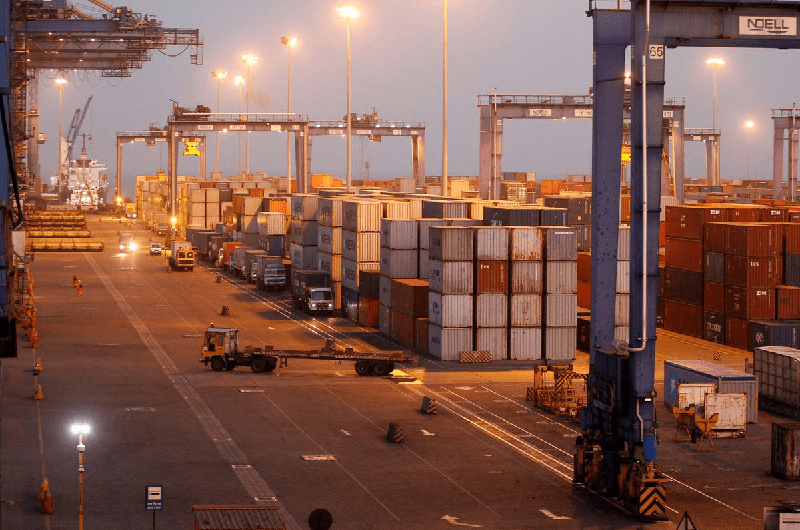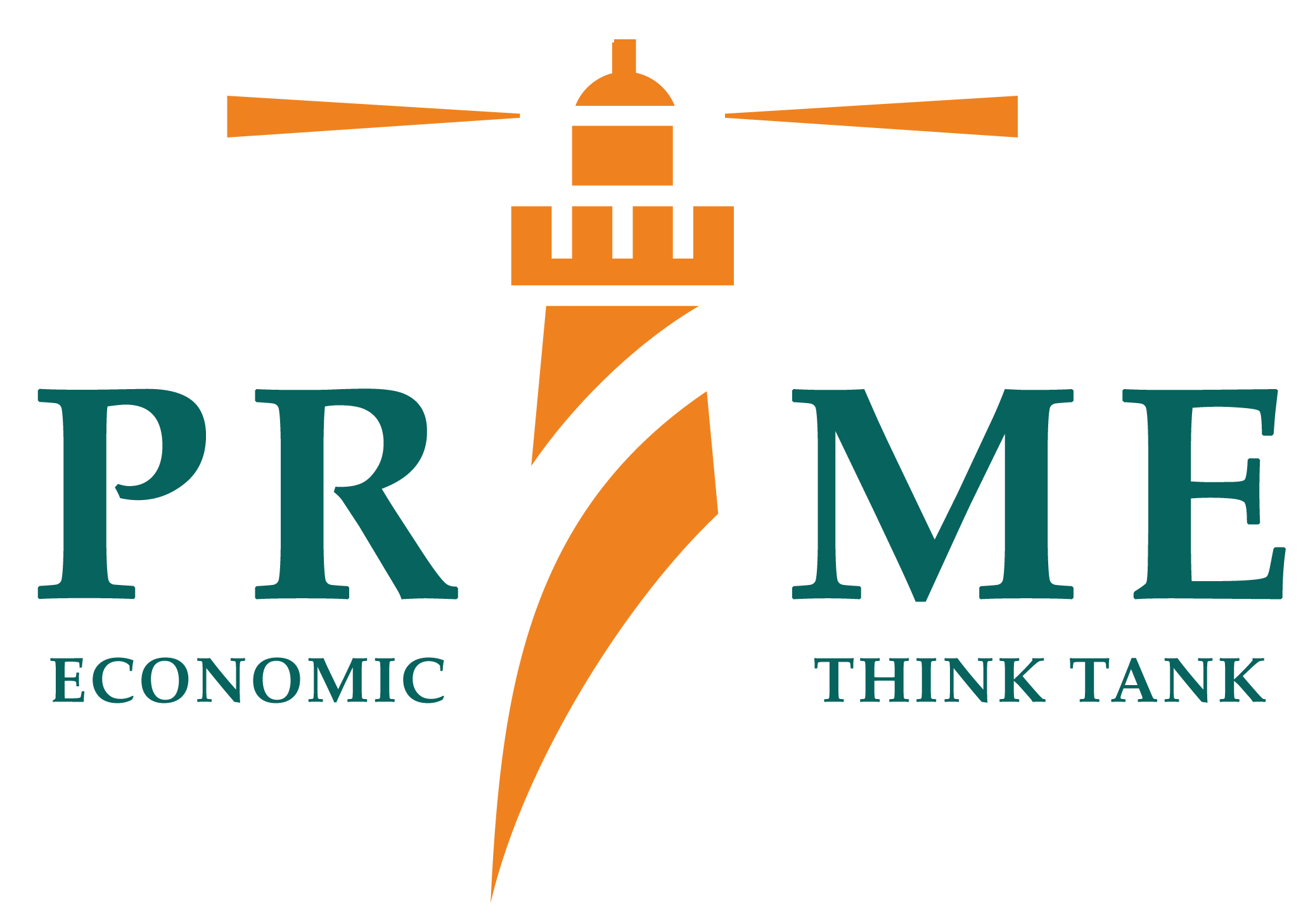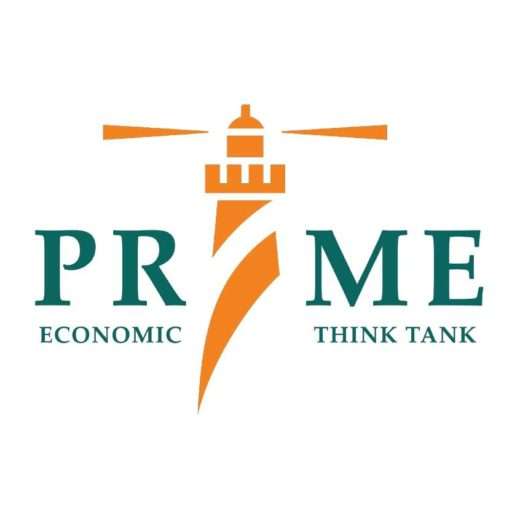From economic growth to transformation
Ali Salman
It calls for grand re-look at allocation of resources including public spending, taxes and tariffs

ISLAMABAD: Economists in Pakistan generally agree that the country has followed a boom-bust cycle of economic growth throughout its history.
While the long-term average growth rate is a respectable 5%, the cyclic nature of this growth, largely propelled by external finances, has always led to macro imbalances. That, in turn, has forced successive governments to seek bailout from the IMF that has always started from stabilisation.
We have run this model for 22 times. If the current trends continue, we will do it again.There is something deeply wrong in our growth model, or indeed in how we understand growth. The underlying driver of growth has never been productivity, which is why it is always short-lived and uneven.
Moreover, its distributional impact on both businesses and poverty remains questionable.
Our productive structure remains ossified, exhibited in a very narrow export basket. Our average income has not increased much and in recent years, we have begun to fall behind regional peers. Lastly, the public finances have remained in shambles, with the increasing portion of tax revenue being allocated to service our debt.
Dr Hafiz Pasha has already predicted that soon 100% of tax revenue may have to be allocated to debt servicing. We both pray it proves to be wrong.
There is no short-term respite from this crisis. In the medium to long term, we must transform our economic model. For that to happen, we need to change our narrative from growth to transformation.
We have seen far too many episodes of borrowed growth, whether it is funded by consumption, investment or debt. Each time, we have successfully managed the cash flow crisis to live to another day. Transformation was never our need. I believe we have reached the brink now.
The recently launched document, “New Vision for Economic Transformation: Rethinking Resource Allocation and Productive Structures” by the Economic Advisory Group, offers a solution. It analyses the factors hindering the efficient allocation of resources, hence contributing to economic slowdown, and presents practical suggestions.
It builds on a number of good studies, which have been done in recent years, and presents a coherent framework for policy debate. The suggestions put forth in the document are organised under four themes: revisiting the pricing regimes that currently govern agriculture and commodities’ sectors; revamping the education system with the aim to introduce and mainstream pathways for vocational training at the level of higher and post-secondary education; reduction in tariff and non-tariff trade restrictions and greater integration with the regional trade blocs; and, finally, rethinking the industrial policy with special emphasis on moving away from picking winners to rewarding innovators, improving land use within cities, and simplification of the tax code.
Examples of success
To naysayers, let me offer two good examples. The liberalisation of our motorbike industry 20 years ago opened up the sector for new investors and manufacturers.
Our annual production went up manifold from around 50,000 in 2000 to above 600,000 in 2008 and crossed 1.3 million in 2020. This phenomenal increase was accompanied by a downward pressure on prices. The motorbike assembled in Pakistan with the leading brand name was sold for Rs70,000 in 1999, which I remember paying as I bought my own two-wheeler after graduation.
The amazing fact is that it was still available at the same price in 2018. In fact, now Pakistani consumers can afford to buy a motorbike at almost half the price of the leading brand.
Another example. In the last three years, Pakistani footwear sector has registered a stunning growth and may reach $1 billion in exports by 2027. One major policy change that enabled this growth was slashing down import duties on industrial raw material in 2018-19. Once the government was convinced of giving up a portion of its customs revenue, it enabled the private sector to grab the opportunity. It already had the necessary manpower and skillset.
In just three years, the production has registered a 50% growth. This can be done in all other sectors.
In both examples, what we witnessed was not just growth but also sectoral and structural transformation. Growth eventually followed, but it is a sustainable growth. Transformation bears fruit for businesses as it helps create opportunities. It leads to more job creation, which helps in social harmony. It facilitates the government in changing its revenue basis – from dependence on indirect taxes to shift to direct taxes, which is more equitable.
While these are great examples of success, our large-scale sectors, particularly in agriculture and industry, have remained in protected walls.
Without altering the productive structure of our economy, and without letting some of them to fail, we cannot hope to improve the livelihood of our masses. The best welfare regime is the creation of productive and well-paying jobs. To change the productive structure, we need to change how we distribute incentives. When we withdrew incentives available to one or two motorbike assemblers, through protected tariffs, we experienced transformation and growth.
When we altered our import substitution to export-led model in the footwear sector, we again saw transformation and growth. Transformation is not just about liberalisation, which is a necessary but insufficient condition. It is about a grand re-look at how we allocate and re-allocate our resources including public spending, taxes, tariffs and regulations. It is not a pipedream. We have already begun doing it.
The writer is the founder of PRIME Institute and a member of the independent Economic Advisory Group
Published in The Express Tribune, December 20th, 2021.


